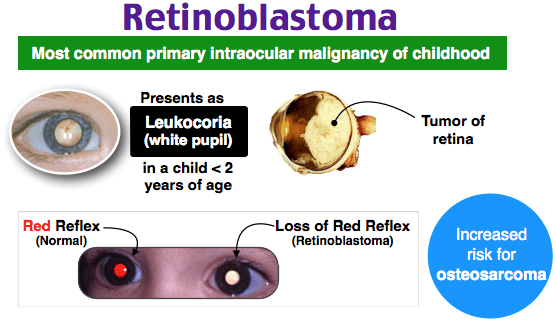Announcing a Child and Adolescent Care Module for the ABFM Certification Exam

Introducing the new ABFM Child and Adolescent Care Content-Specific Module, available to Family Medicine residents, residency programs, and practicing physicians. This module is best suited for Family Medicine physicians looking for a focused, high-yield Qbank review for ABFMs Content-Specific Modules required during the certification exam. This content is novel, and not included in Rosh Review’s main Family Medicine Qbank or mock exams.
Family Medicine programs who subscribe to Rosh Review also gain access to the Content-Specific Modules in their PD Dash.
Categories include:
- Newborn and infants
- Chronic diseases in pediatrics
- Acute diseases in pediatrics
- Congenital problems
- Developmental issues
- Preventive care
- Behavioral pediatrics
Content is organized by task:
- History and Physical
- Diagnostic studies
- Diagnosis
- Health maintenance
- Clinical intervention
- Clinical therapeutics
- Scientific concepts
Here is an example:
A 3,800 g boy is born at 40 weeks of gestation to a gravida 2 para 2 mother. Physical examination in the newborn nursery reveals a finding concerning for retinoblastoma. Which of the following physical examination findings is the most likely cause for this concern?
A. Coloboma
B. Hypertelorism
C. Leukocoria
D. Palpebral fissures
Answer C
Leukocoria refers to a white pupillary reflex and may be caused by abnormalities of the retina (retinoblastoma), vitreous (hemorrhage), or lens (cataract). Retinoblastoma is the most common intraocular tumor of childhood and leukocoria is the most common presenting finding. Other clinical manifestations include red eye, nystagmus, strabismus, and squint. Retinoblastoma may be hereditary (associated with germline mutations in the retinoblastoma RB1 gene) or nonheritable. The diagnosis is typically made with dilated indirect ophthalmoscopic examination, ocular ultrasound, and magnetic resonance imaging. A chalky, off–white retinal mass with a soft, friable consistency is the characteristic finding on dilated indirect ophthalmoscopic examination.
Coloboma (A) is a term used to describe the condition where normal tissue of the eye is congenitally missing and can affect the eyelid, lens, macula, uvea, optic nerve, or retina. Coloboma is not associated with retinoblastoma, but may occur in isolation or be associated with syndromes involving other body structures such as renal coloboma syndrome or CHARGE (coloboma, heart anomaly, choanal atresia, retardation, genital and ear anomalies) syndrome. Hypertelorism (B) refers to an abnormally wide interpupillary distance and is associated with a variety of syndromes including trisomy 13. However, it is not associated with retinoblastoma. Slanted palpebral fissures (D) is typically seen in infants with Down syndrome and is not associated with retinoblastoma.
Since these categories and tasks are integrated into our improved performance and feedback page, you have access to robust data to help you fine-tune your studying and resources to help increase your Family Medicine Certification Exam score by 100 points.
Or visit the main Family Medicine Qbank page to learn about our ABFM Certification Qbank
Study on…
The Rosh Review Team
A bolus of confidence. A lifetime of knowledge.
Get Free Access and Join Thousands of Happy Learners
You must be logged in to post a comment.






Comments (0)